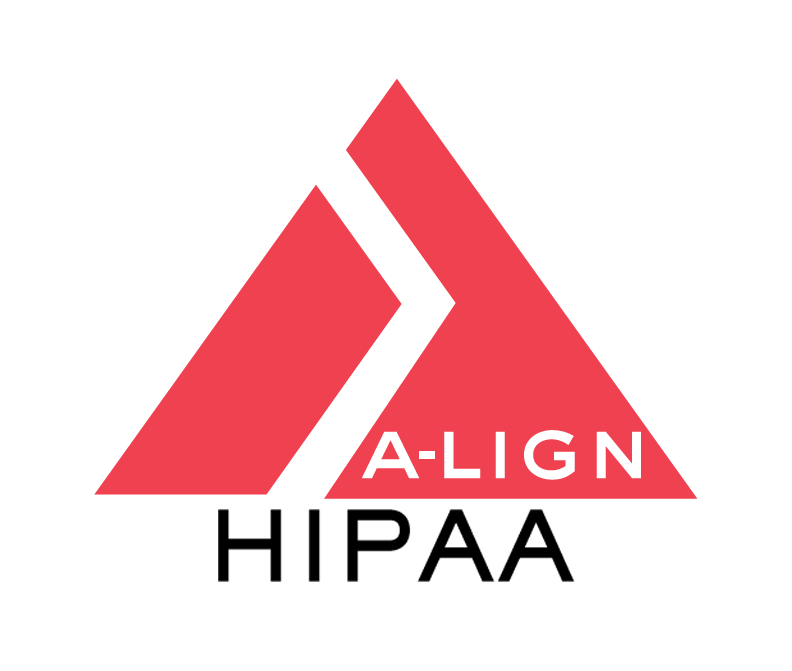* EyeArt has US FDA clearance, CE marking as a class IIb medical device in the European Union, and a Health Canada license.

STEP 1
Capture color retinal fundus
images of the patient's eyes

STEP 2
Submit images to the
cloud for analysis

STEP 3
Download DR screening results and
export PDF report.
Easy to use. Detailed screening report.
Any physician can quickly and accurately detect referable diabetic retinopathy patients during a diabetic patient’s regular exam with a report that is generated in less than 60 seconds after submission of patient images.

Immediate, On-site Diabetic Retinopathy Screening
The EyeArt AI Eye Screening System makes in-clinic, real-time DR screening possible. Any physician can quickly and accurately detect referable diabetic retinopathy patients within minutes during a diabetic patient’s regular exam.

High Sensitivity & Specificity ⇒ Better Safety and Better Outcomes
Demonstrated high sensitivity (96% for more than mild DR and 97% for vision-threatening DR) and high specificity (88% for more than mild DR and 90% for vision-threatening DR) in a pivotal, prospective, multicenter clinical trial.
High Sensitivity = Safety | High Specificity = Effectiveness
Can help ensure patients with silently progressing DR are identified in time for referral to an eyecare specialist while reducing unnecessary referrals. Can help focus on those patients with greatest need for care.
| Apr 2019
Lim et.al, “Artificial Intelligence Screening for Diabetic Retinopathy: Analysis from a Pivotal Multi-Center Prospective Clinical Trial.” ARVO Imaging in the Eye Conference 2019. Vancouver, BC, Canada.
Jennifer I. Lim, MD, Marion H. Schenk Esq. Chair, Professor of Ophthalmology, and Director of Retina Service at the University of Illinois at Chicago presented the study data at the ARVO 2019 Imaging in the Eye Conference in Vancouver, Canada.
In part 1 of the interview, Lim shared about the growing need for diabetic retinopathy screening as the population of patients with diabetes continues to grow worldwide. Part 2 covered how the EyeArt system was trained and then tested in a clinical trial. In Part 3 (video below), Lim described the strong clinical trial results, stating that the EyeArt system achieved sensitivity of 95.5% and specificity of 86%.
Note: Dr. Lim has no conflicting financial disclosures

Unparalleled, Real World Clinical Validation
EyeArt is the most extensively validated AI technology in the world. It has been validated in a pivotal, prospective, multicenter clinical trial against the rigorous clinical reference standard using the Early Treatment Diabetic Retinopathy Study (ETDRS) grading scale by experts at the University of Wisconsin Reading Center. It has been tested in a clinical validation study on over 100,000 patient visits, one of the largest data sets used to test any available DR screening technology, in demanding, real-world clinical environments using images captured in everyday practice. It has also been independently validated by UK NHS in a study with over 30,000 patients.
*Evaluated on EyeArt versions that are different from the EyeArt version available for sale in the US
Truly automated, including image quality feedback
Fully automated DR screening, including imaging, grading for DR in accordance with internationally recognized standards and reporting, in a single office visit. No specialist needed for DR screening. EyeArt also flags cases with poor quality images or images not showing the required retinal fields (protocol deviations) automatically.
Flexible, Robust, Secure, Cloud-based Design
The technology is designed to work effectively with image quality commonly encountered in diabetes patients. EyeArt is HIPAA compliant and keeps all data secure and private.
Easy-to-read reports in 60 seconds
The EyeArt system autonomously analyzes patient's retinal images to robustly detect signs of disease and returns an easy-to-read report in under 60 seconds. The report provides eye level and patient level diabetic retinopathy outputs and also indicates presence or absence of referable DR or vision threatening DR.





Technology behind EyeArt®






* Products were supported by Award numbers R44EB013585, R42TR000377, R44TR000377, R43EY024848, R43EY025984, SB1EY027241, and R43EY028081 from the National Institutes of Health (NIH). The content is solely the responsibility of Eyenuk, Inc. and does not necessarily represent the official views of NIH.
** The devices are covered by one or more of the following US patents and their foreign counterparts: 8879813, 8885901, 9002085, and 9008391. Additional patents are pending.
EyeArt has US FDA clearance and Health Canada license for the autonomous detection of DR. It has CE marking as a class IIb medical device in the European Union, under EU MDR for the autonomous detection of DR, AMD, and glaucomatous optic nerve damage.
EyeMark™, EyeReadUWF™ have not yet been cleared for sales in any region.

